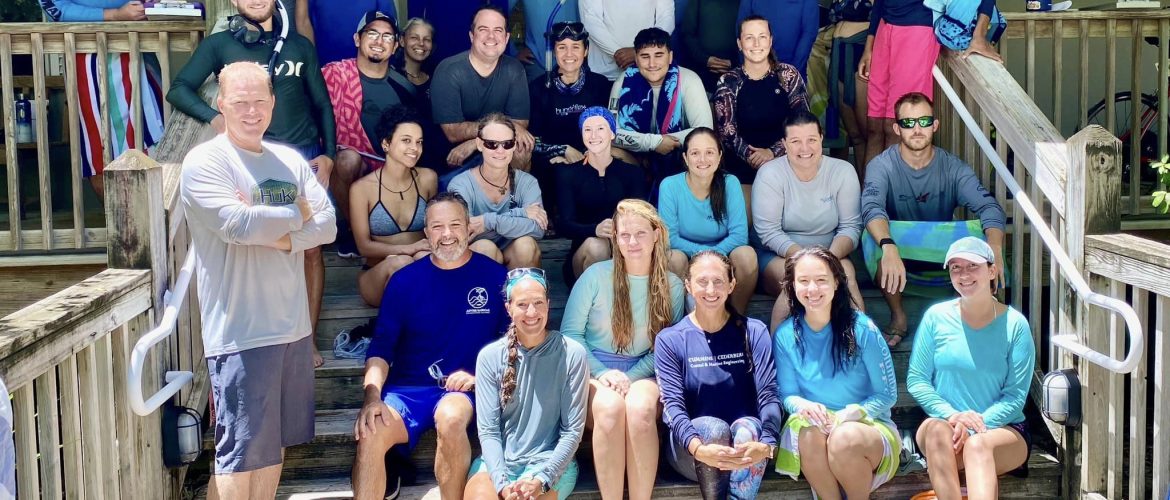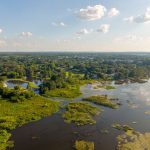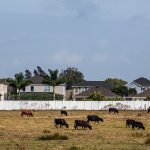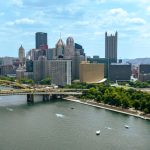Florida Seagrasses: What You Need to Know from the TCC FAEP Workshop
Hi everyone,
First, I’d like to give a huge shout-out to the TCC FAEP Board of Directors for organizing their recent Seagrass Workshop. It’s initiatives like these that help keep our community informed and equipped with the latest techniques and best practices for environmental work in Florida. Whether you’re deep into the world of mitigation banking or just beginning to explore environmental efforts, understanding Florida seagrasses and their critical role in our waters is something we can all benefit from.
Here’s a rundown of some key takeaways from the workshop that I’m excited to share with you all.
Seagrasses: The Unsung Hero of Florida’s Waters
Seagrasses might seem like just another plant, but they play a pivotal role in keeping our marine environments healthy. Florida seagrasses help stabilize the sea floor, improve water quality, and provide essential habitats for marine life. Identifying and understanding these species is the first step in any seagrass survey, and the workshop did a fantastic job of breaking down the essentials.
From the widespread Turtle Grass with its ribbon-like leaves to the slender Shoal Grass often found in shallow waters, each species of seagrass tells a story about the health of our marine ecosystems. These seagrass examples show how knowing key species and their characteristics can make all the difference when you’re out in the field.
Survey Techniques: Tools of the Trade
One of the most valuable aspects of the workshop was its focus on practical survey techniques for Florida seagrass restoration. Whether you’re mapping seagrass beds or assessing their density, having the right methods can make your work much more effective.
- Direct Edge Mapping: Think of this as drawing the lines around the boundaries of seagrass beds. It’s meticulous work but incredibly rewarding when you can see the clear edges of these amazing habitats. Techniques like using Trimble equipment to track data points underwater can help you achieve precision in your surveys.
- Line Intercept and Belt Transects: These methods provide a snapshot of the habitat as you move through it. Imagine walking a straight line through a field and noting every plant you step on—that’s the basic idea here, just underwater. These techniques allow you to get a clear picture of seagrass coverage and density, which are vital for accurate environmental assessments.
See the below SlideShare presentation for more information on seagrass identification and survey techniques.
Preparation and Execution: Setting Up for Success
Anyone who’s ever conducted fieldwork knows that preparation is half the battle. The workshop emphasized the importance of being well-prepared before diving into a Florida seagrass survey (literally and figuratively). From the right scuba gear and waterproof data sheets to having a clear plan for data recording, every detail counts.
Pro tip: Streamline your data recording process by using shorthand notations for different species and environmental conditions. It saves time and ensures consistency, which is crucial when you’re compiling your findings later.
Why This Matters: The Bigger Picture
It’s easy to get lost in the technicalities, but let’s not forget why we’re doing this. Seagrass surveys are about more than just data collection—they’re about protecting the foundation of Florida’s marine ecosystems. Healthy seagrass beds mean healthier waters, more robust marine life, and a better environment for all of us.
By improving our Florida seagrass survey techniques, we’re directly contributing to the conservation of these vital habitats, ensuring they continue to thrive for generations to come.
The TCC FAEP Workshops provide invaluable insights that I’m thrilled to share with you all. Whether you’re a seasoned environmental professional or someone passionate about Florida’s ecosystems, these techniques and best practices can enhance your work and impact.
Let’s keep the conversation going—feel free to reach out if you have any questions or need more details on applying these methods to your projects. I’m here to help you navigate the complexities of environmental work with confidence.
Warm regards,
Victoria Bruce
Founder & CEO, The Mitigation Banking Group, Inc.






